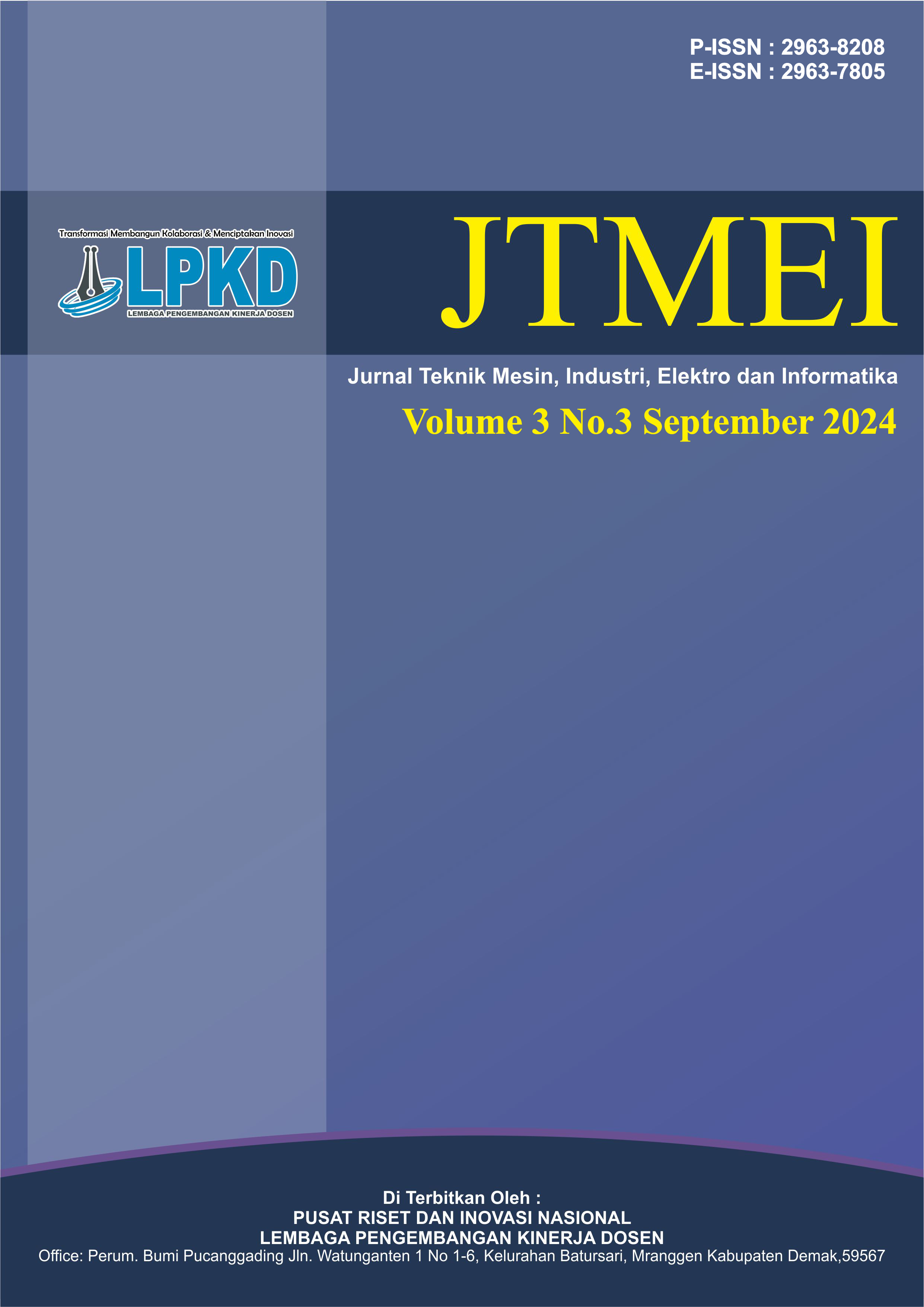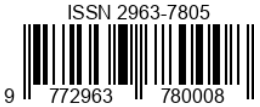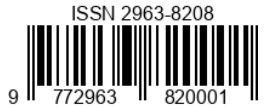Simulation on the Effect of Braking Force and Brake Shoe Material Type on The Wear Rate of Railway Bogie Brake Block
DOI:
https://doi.org/10.55606/jtmei.v3i3.4277Keywords:
Archard, Brake Block, Finite Element AnalysisAbstract
The brake block in the railway bogie system is an important component in supporting the operational safety of trains, so it needs to be inspected to determine its performance and service life. A simulation-based study was conducted to predict the wear rate of railway brake block with oriented braking force (F = 25.66 kN - 29.54 kN) and different material types, namely grey cast iron with hardness 170 HBN and metallic composite with hardness 90 HRR. The method of the study was carried out by Finite Element Analysis (FEA) simulation and calculating the wear rate with the Archard wear equation to measure the comparison of the amount of wear volume that occurs on the two materials. The results of the braking ability calculation can be concluded that the different types of brake block materials can affect the ability to decelerate during the deceleration process, causing differences in stopping mileage according to the type of material, such as gray cast iron (μ = 0.30) which has an average mileage of 15 metres and metallic composite (μ = 0.21) has an average mileage of 66 metres. The wear simulation results obtained are that the grey cast iron brake block has an average wear rate of 2,8285e-08 /s which is greater than the metallic composite which is only 1,5391e-08 /s. With this data, it can be concluded that oriented to the braking force load, the metallic composite brake block material has the advantage of a longer service life than grey cast iron.
Downloads
References
E. Kakandar. (2017). A Simulation Based Approach to Model Design Influence on the Fatigue life of a Vented Brake disc. The 5th International Conference on Through-life Engineering Services, 59, 41-46.
Arisandi, D. & Senoaji, A. S. (2014). Studi Kasus Kegagalan Pada Blok Rem Metalik Kereta Api. Pasca Sarjana Institut Teknologi Bandung.
Latt, A. K. (2019). Design and Analysis of Train Brake Blocks. Iconic Research and Engineering Journals, 2(9), 137-143.
Zakaria, L. (2021). Perbandingan Kinerja Jarak Pengereman Blok Rem Berbahan Metalik dan Komposit Pada Kereta Api. TEDC, 15(1), 113-124.
Arjuna, M. (2021). Simulasi Besi Cor Nodular Sebagai Komponen Blok Rem Kereta Api Tipe T358 Dengan Menggunakan Metode Elemen Hingga (Skripsi S1). Universitas Muhammadiyah Surakarta, Surakarta. DOI: https://eprints.ums.ac.id/.
Sonawan, Hery, Ir., M.T. (2019). Perancangan Elemen Mesin Edisi Revisi. Bandung: Alfabeta.
Muflikhun, M. A., Adyudya, M., Rahman, N. F., Sentanuhady, J., Raghu S. N. V. (2023). Comprehensive Analysis and Economic study of Railway Brake Failure from Metal-based and Composites-based Materials, Forces in Mechanics, 12. DOI: https://doi.org/10.1016/j.finmec.2023.100223.
Nurdiansyah, Y. A. (2011). Perhitungan Keausan Berbasis FEM Pada Sistem Rolling-Sliding Contact (Skripsi S1). Universitas Diponegoro, Semarang. DOI: http://eprints.undip.ac.id/.
Giancoli, D. C. (2000). Physics Volume 1. Victoria: Pearson College Div.
Downloads
Published
How to Cite
Issue
Section
License
Copyright (c) 2024 Jurnal Teknik Mesin, Industri, Elektro dan Informatika

This work is licensed under a Creative Commons Attribution-ShareAlike 4.0 International License.








